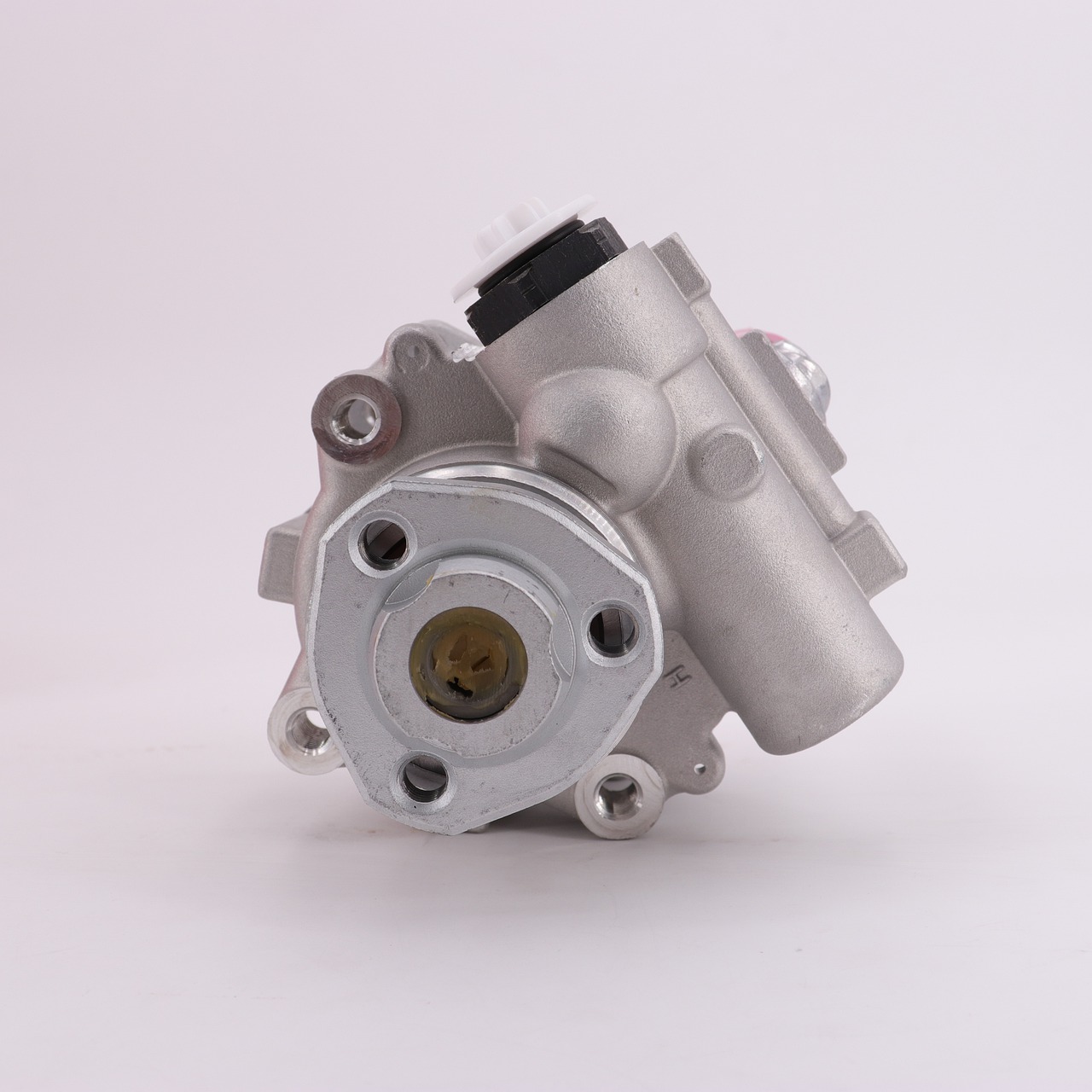Choosing a new pump for your hydraulic system can be confusing, with many options from which to choose, including; pump size, flow rate, hose inlet and outlet sizes. Selecting the wrong pump could lead to a poorly performing hydraulic system, premature wear of components, and endless hours to carry out repairs and upgrades while the system is out of action. So, when choosing a hydraulic pump, what are the main considerations?
Fluid Viscosity
The viscosity of the hydraulic fluid – its thickness – is a key consideration when choosing your pump, as it will determine how well the pump performs. Look for the maximum kinematic viscosity rating for the pump, as this will ensure optimum flow rate and minimise the risk of blockages.
Flow Rate
Hydraulic pumps usually have a maximum flow rate (in gallons or litres per minute) which indicates how much fluid they can move. The flow rate is determined by the pump speed (in revolutions per minute), the pump efficiency as a percentage, and the displacement value. By choosing a pump with the correct flow rate for your application, you can be confident of optimal performance, without any unexpected changes in operating pressure.
Maximum Operating Pressure
Expressed as pressure per square inch (PSI), a pump’s maximum operating pressure indicates how effectively it can withstand pressure from loads on the fluid without leaks or component damage. Effective pressure control reduces vibration levels which, if too high, can damage critical components.
Fixed Or Variable Displacement?
Hydraulic pumps are available in fixed or variable displacement configurations, meaning they differ in how much fluid they can move. In fixed displacement models, each cycle displaces the same volume of fluid; in variable displacement pumps, the flow rate and outlet pressure can be altered. Which model you select will depend on the application: fixed displacement is recommended when the same task will be repeated, whereas variable displacement suits a variety of projects or tools.
Torque Ratings
When considering the pump’s output power, you need to combine torque with rotational speed. Torque, a crucial element of calculating your power needs, can be calculated if you have an old hydraulic machine that carries out a similar task. Simply multiply the old machine’s torque rating by the extra work that the new machine will be carrying out. Also, use power curves to see a visual representation of how much power the pump will require at different flow rates.
Find Out More
At Hydrastar, our experts can assist you in choosing the right hydraulic pump for your system. Get in touch today to find out more.
Image source: Pixabay



